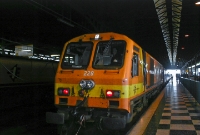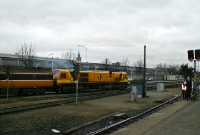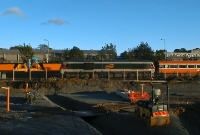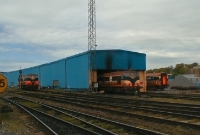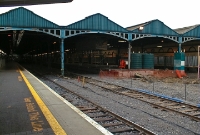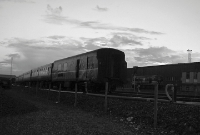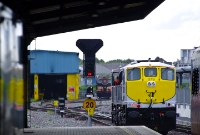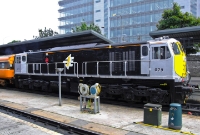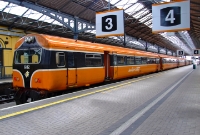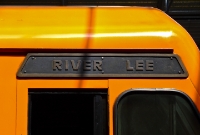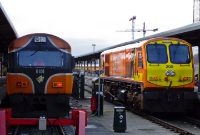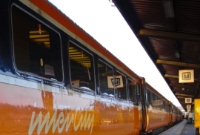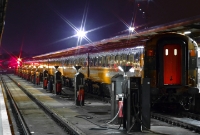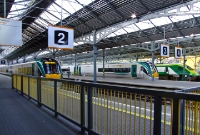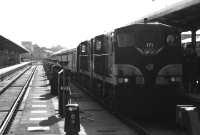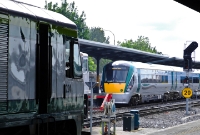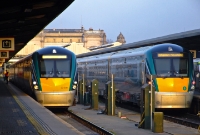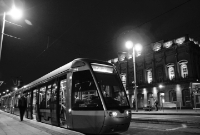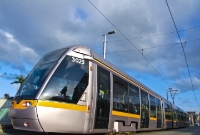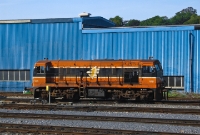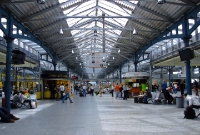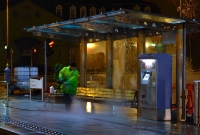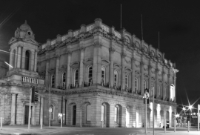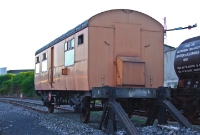Heuston
Heuston Station, in west Dublin City, is Irish Rail's gateway to the south & west of Ireland. Originally named Kingsbridge Station, after the adjacent 1822 built bridge across the River Liffey, it was renamed Heuston in 1966, after a 1916 leader Sean Heuston. Up to the 1970s, Heuston had only three platforms, today it has ten, the tenth platform (now out of use) being located on the Islandbridge Junction to Glasnevin Junction line, which was used during the reconstruction of the station from 2002 to 2004.
Heuston Station building is one of the finest in Dublin City, built by the Great Southern & Western Railway in 1844, with the construction of their line to Carlow in 1846. In 1935, the then Great Southern Railway re-signalled Heuston Station with colour light signals and electronic signalling, this however was replaced during the rebuilding, which also involved the demolition of the GSR built signal cabin just west of the station. The rebuilding also brought about a refurbishment of the train shed and booking hall, and the results today are very pleasing giving a pleasant atmosphere to the station.
Heuston Station building is one of the finest in Dublin City, built by the Great Southern & Western Railway in 1844, with the construction of their line to Carlow in 1846. In 1935, the then Great Southern Railway re-signalled Heuston Station with colour light signals and electronic signalling, this however was replaced during the rebuilding, which also involved the demolition of the GSR built signal cabin just west of the station. The rebuilding also brought about a refurbishment of the train shed and booking hall, and the results today are very pleasing giving a pleasant atmosphere to the station.
